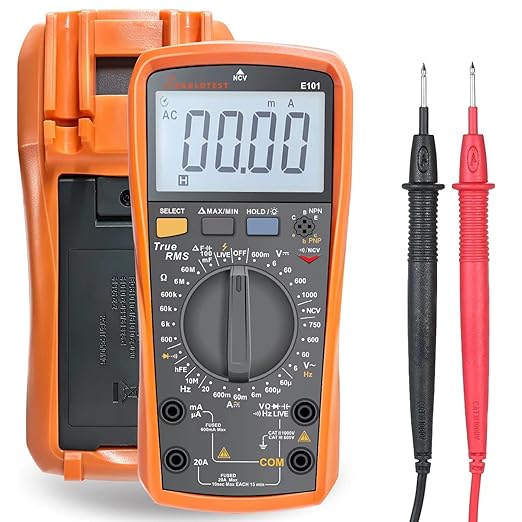Ensuring Safe Electricity at Home: A Comprehensive Guide
Introduction:
Electricity is an integral part of our daily lives, powering our homes and making numerous conveniences possible.
While electricity brings comfort and efficiency, it’s crucial to prioritize safety to prevent accidents and hazards.
This article aims to provide a comprehensive guide on ensuring safe electricity at home.
- Regular Electrical Inspections:
- Schedule regular inspections by a qualified electrician to assess the overall health of your electrical system.
- Identify and address any issues promptly to prevent potential hazards.
- Invest in Quality Electrical Appliances:
- Choose appliances with safety certifications and high-quality standards.
- Faulty or substandard appliances can pose serious risks, including electrical fires.
- Proper Wiring Practices:
- Ensure that all wiring in your home is done by licensed professionals.
- DIY electrical work is not recommended as it can lead to hazardous situations.
- Check for frayed wires, exposed conductors, and other signs of wear.
- Use of Surge Protectors:
- Employ surge protectors to safeguard electronic devices and appliances from voltage spikes.
- Lightning strikes and power surges can damage sensitive equipment, and surge protectors act as a defense mechanism.
- Childproofing Electrical Outlets:
- Install childproof outlets to prevent young children from inserting objects into sockets.
- Keep electrical cords out of reach and use cord organizers to minimize tripping hazards.
- Proper Extension Cord Usage:
- Avoid overloading extension cords, as this can lead to overheating and fire risks.
- Use heavy-duty extension cords for high-power devices and refrain from daisy-chaining multiple cords.
- Outdoor Electrical Safety:
- Ensure outdoor outlets are weatherproof and use outdoor-rated extension cords for any external electrical connections.
- Keep electrical appliances away from water sources to prevent electrocution.
- Knowledge of Circuit Breaker Panel:
- Familiarize yourself with the circuit breaker panel in your home.
- Label circuits clearly and know how to reset breakers if they trip.
- If fuses blow repeatedly, consult an electrician to address underlying issues.
- Fire Safety Measures:
- Install smoke detectors throughout your home, particularly near bedrooms and in the kitchen.
- Test them regularly and replace batteries annually. Have a fire extinguisher in easily accessible areas.
- Unplug Unused Devices:
- Unplug devices and chargers when not in use.
- This not only reduces energy consumption but also minimizes the risk of electrical fires caused by overheating.
- Electrical Education for Family Members:
- Educate all family members about basic electrical safety rules.
- Encourage them to report any unusual smells, sounds, or sparks immediately.
- Emergency Preparedness:
- Have an emergency plan in case of electrical accidents.
- Everyone in the household should know how to turn off the main power supply and when to contact emergency services.
Conclusion:
Prioritizing safe electricity practices at home is not just a matter of convenience; it’s a fundamental aspect of ensuring the well-being of your family and property.
By adopting these safety measures and staying vigilant, you can enjoy the benefits of electricity without compromising on safety.
Regular maintenance, awareness, and a proactive approach are key to creating a secure electrical environment at home.

